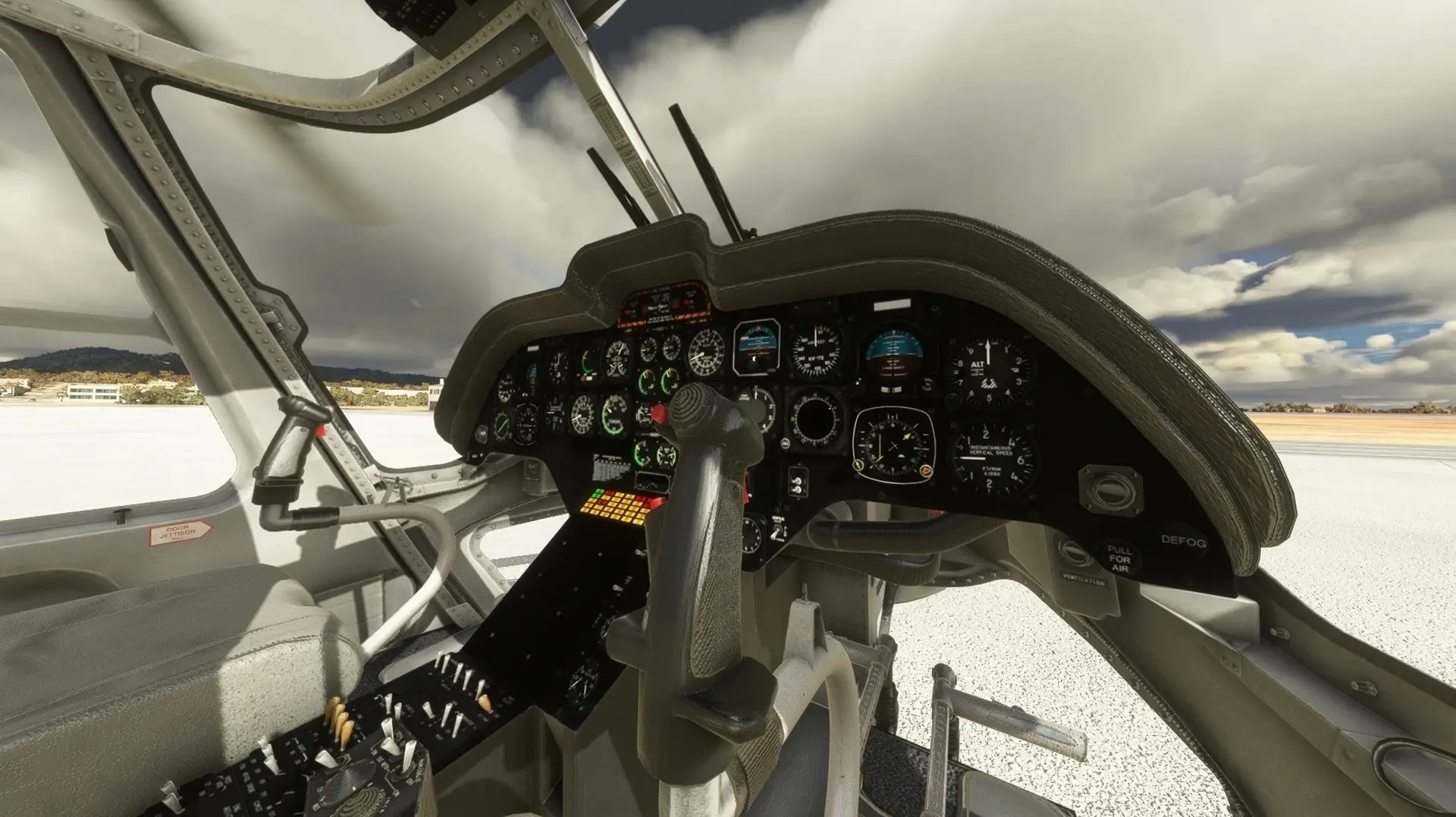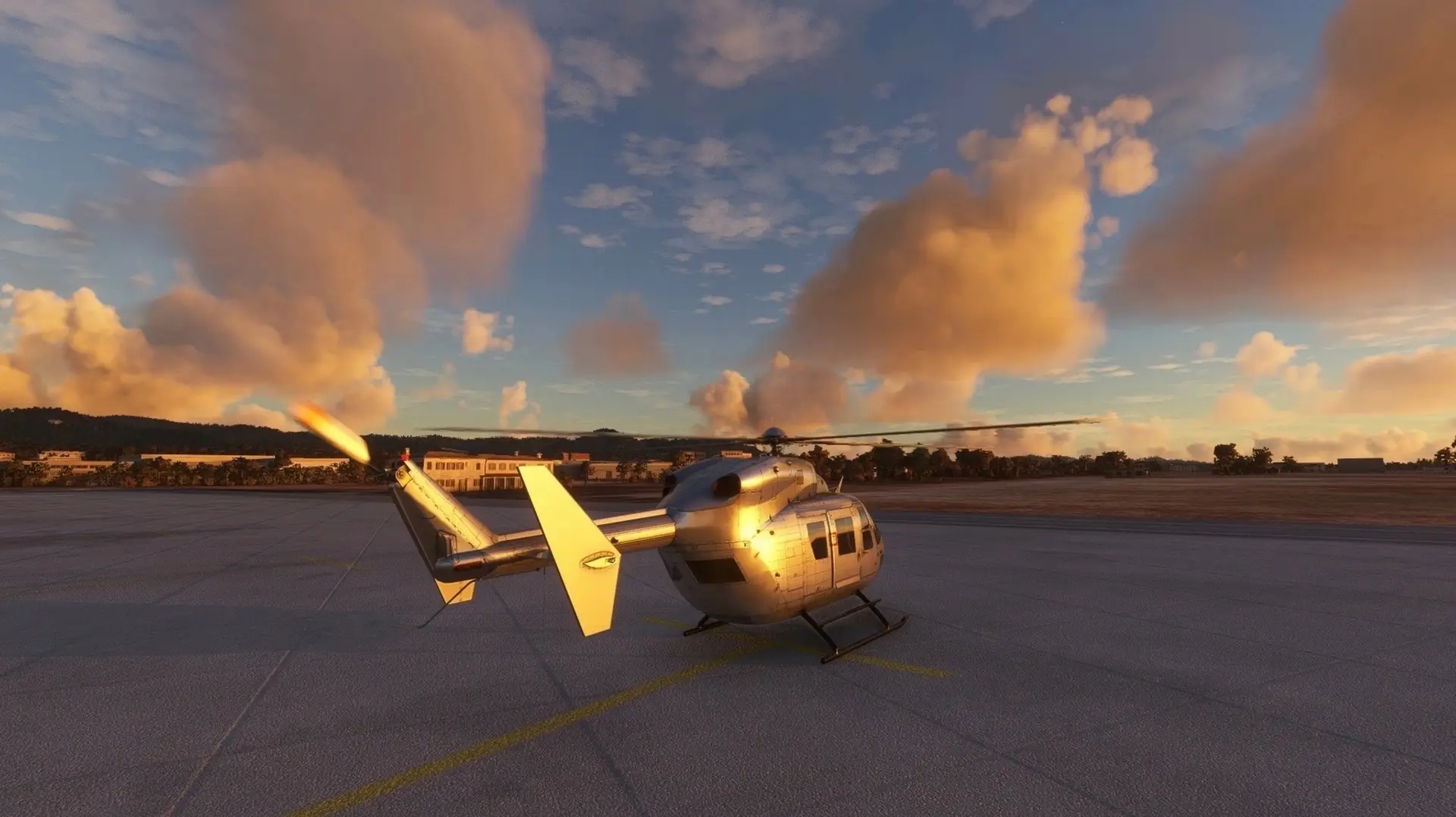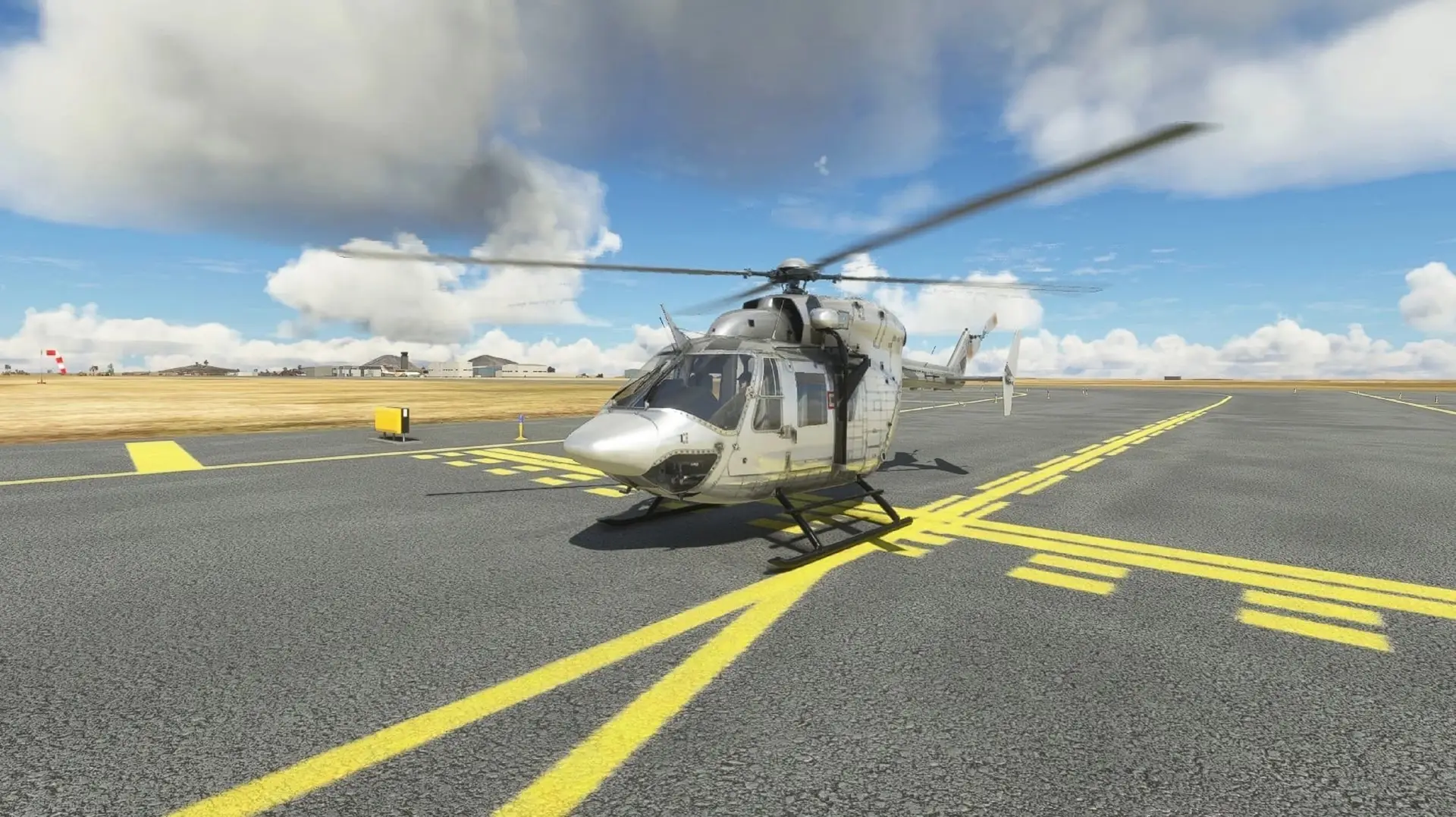The BK 117 is a twin-engine, multi-role utility helicopter produced by Kawasaki Heavy Industries of Japan. The helicopter was developed jointly in the 1970s by Kawasaki and Messerschmitt-Bölkow-Blohm of Germany (which ultimately became Airbus Helicopters after a series of acquisitions). The BK 117 took its maiden flight on June 13, 1979 and it was introduced on December 9, 1982. The helicopter remains in production and a number of iterations have been developed through the decades.
The BK 117 can accommodate up to 11, including pilot. It has been used in countries throughout the globe for a broad spectrum of civil / commercial uses and governmental applications, including police and military. Its cabin and exterior can be modified into a variety of configurations to suit specific purposes. The BK 117 has earned a reputation as one of the most versatile multi-use rotorcraft ever designed.
The BK 117 has a fuselage that measures 32 feet, 6 inches and the helicopter stands 12 feet, 8 inches. It features a 4-blade main rotor system, a 2-blade anti-torque tail rotor, and skids for landing gear. It is powered by two Textron Lycoming LTS 101-750B-1 turboshaft engines that each produce 550 continuous horsepower. It has a range of 335 miles, a service ceiling of 17,000 feet above sea level, and it climbs at 2,165 feet per minute. It has an in-ground effect hover limit of 11,700 feet above sea level and an out-of-ground effect hover limit of 7,500 feet. It has a maximum cruising speed of 160 miles per hour and a never exceed speed of 173 mph.



